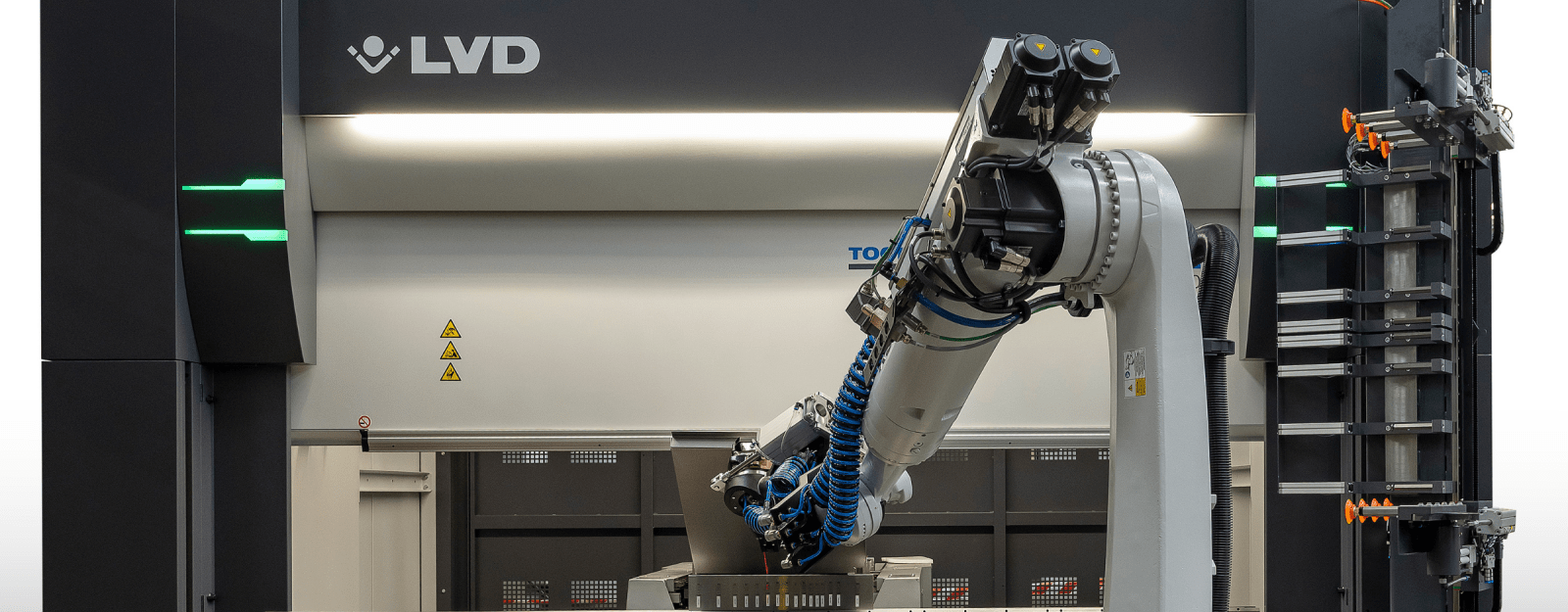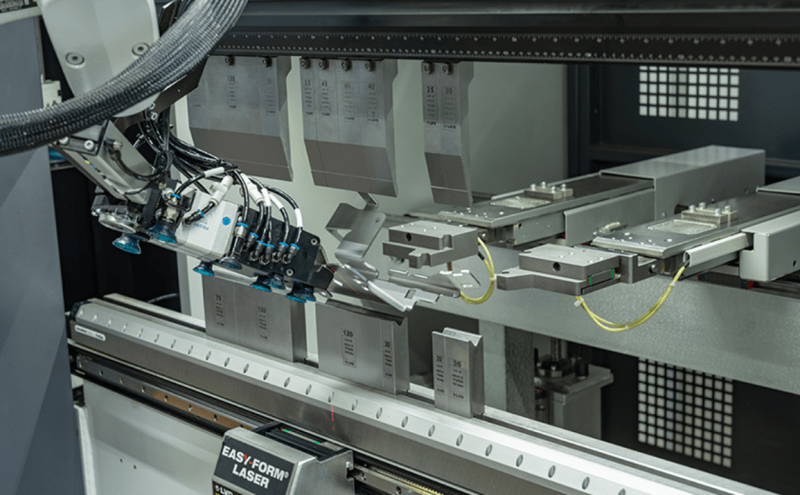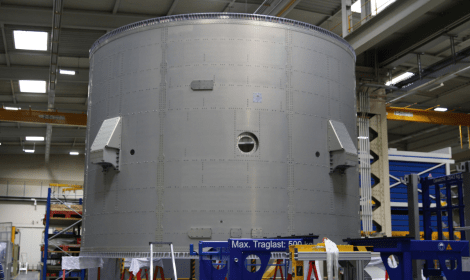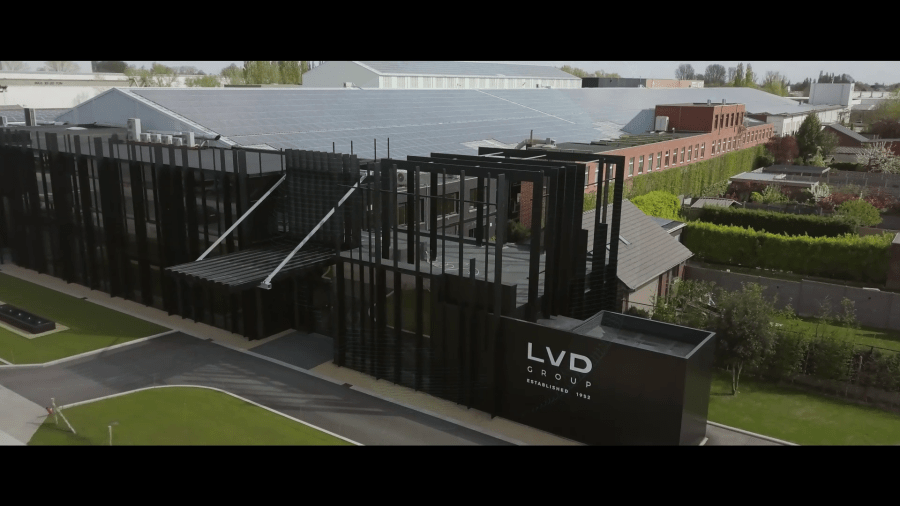STRONG PRODUCT SOLUTION FIT
LVD’s Robotic Bending Systems meet the specific automation goals of each customer, whether for short production runs with frequent changeovers or high-volume batches of complex parts. A user-configured bending cell increases process reliability and speeds the return on investment.
“With RBS, we’re taking a truly customer-centric approach ,” says Peter Vandromme, LVD press brake automation sales manager. “Instead of offering off-the-shelf solutions, we configure each cell around the user’s needs - maximizing productivity and efficiency. By making bending automation more flexible, we make it more accessible and ultimately more valuable to our customers.”
In addition to configurable RBS bending systems, LVD continues to offer standardized robotic bending cells: Dyna-Cell, Easy-Cell, and Ulti-Form for the time being.














